New Study Identifies Potential Animal Highway Crossing Locations Across Western U.S.
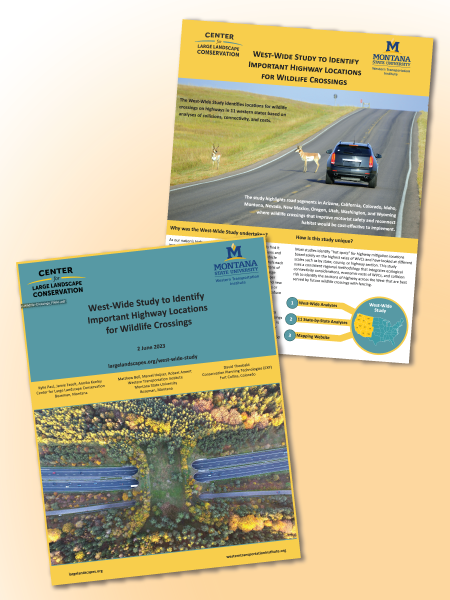
Increasingly busy highways and fragmented habitats have boosted the number of wildlife-vehicle collisions (WVCs) in the U.S. each year. Dangerous to both animals and humans, these collisions kill more than one million large mammals and hundreds of humans per year and cause tens of thousands of injuries. To begin addressing these collisions, the nonprofit Center […]
MSU Graduate Investigates Presence of Monarch Butterflies and Other Pollinators in Roadside Habitats
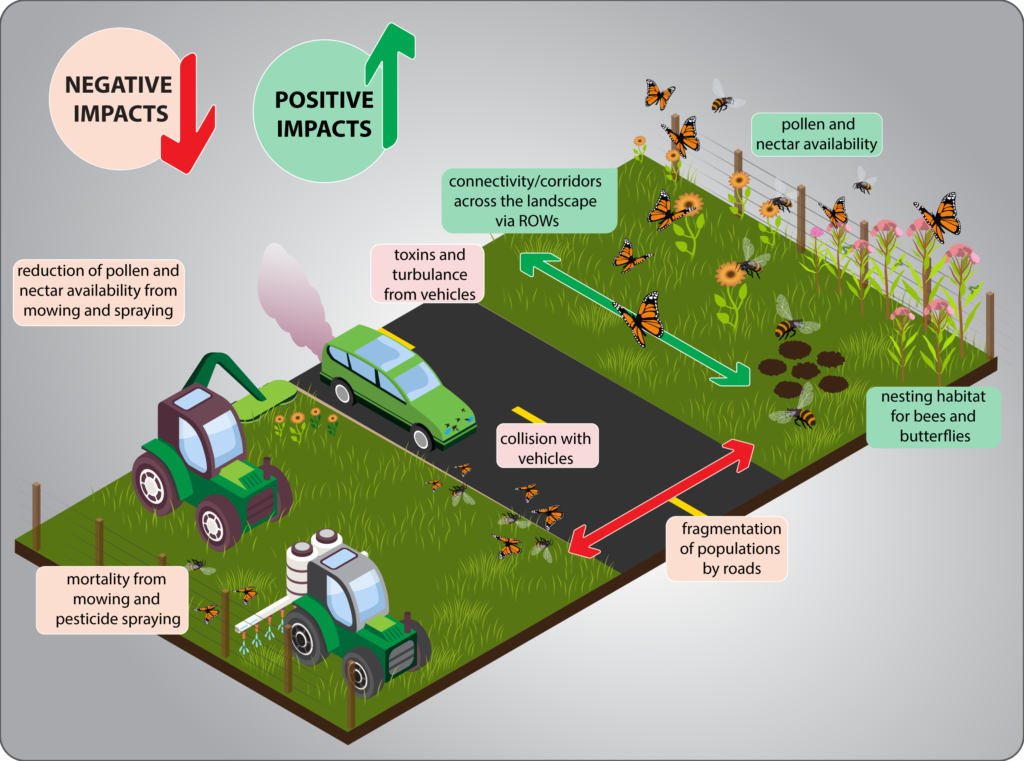
Monarch butterflies (Danaus plexippus), the striking and iconic orange and black insects of postcards and motivational posters, have been in population decline since the 1980s and Thomas Meinzen, a master’s student in Montana State University’s Ecology Department, turned to a largely overlooked environment to save them. His thesis, Bees and Butterflies in Roadside Habitats: Identifying […]
New IUNC Report from Rob Ament and Tony Clevenger
Rob Ament, the Road Ecology Program Manager at WTI, Dr. Tony Clevenger, a WTI Senior Research Scientist, and their colleague Dr. Rodney van der Ree of Australia, are the lead editors of a new technical report published by the International Union for Conservation of Nature (IUCN) and its World Commission of Protected Areas. Titled “Addressing […]
International Transportation Pooled Fund Study Published: Findings Will Help Reduce Wildlife Collisions, Increase Habitat Connectivity, and Implement Cost Effective Solutions
Resources from a first-of-its-kind road ecology study are now available on the web through the Western Transportation Institute at Montana State University (MSU). The Wildlife Vehicle Collision (WVC) Reduction and Habitat Connectivity project, a Transportation Pooled Fund Study, was developed through an international partnership of fourteen state departments of transportation (DOTs), Canadian transportation agencies, and […]
PROJECT NEWS: WTI Researchers Demystify the Salt Phase Diagram
Road salt, most often sodium chloride (NaCl) melts ice and is a crucial tool for winter maintenance crews around the world. However, the constant application of road salt is resulting in long-term environmental and economic impacts. To slow the negative effects of sodium chloride deicers by optimizing salt use, researchers from WTI and Washington State […]
PROJECT News: Scan of Communities with Fewer than 10,000 People finds Biking/Walking to be “Wheelie” Popular
Walking and bicycling have become increasingly popular transportation modes as people consider the positive impacts of active living. While there are examples of large, urban areas driving the implementation of infrastructure to support these modes within their jurisdictions, communities with populations smaller than 10,000 people may have limited infrastructure and know-how. Since 84% of communities […]
PROJECT NEWS: Tools and Strategies for Developing Severity Indices
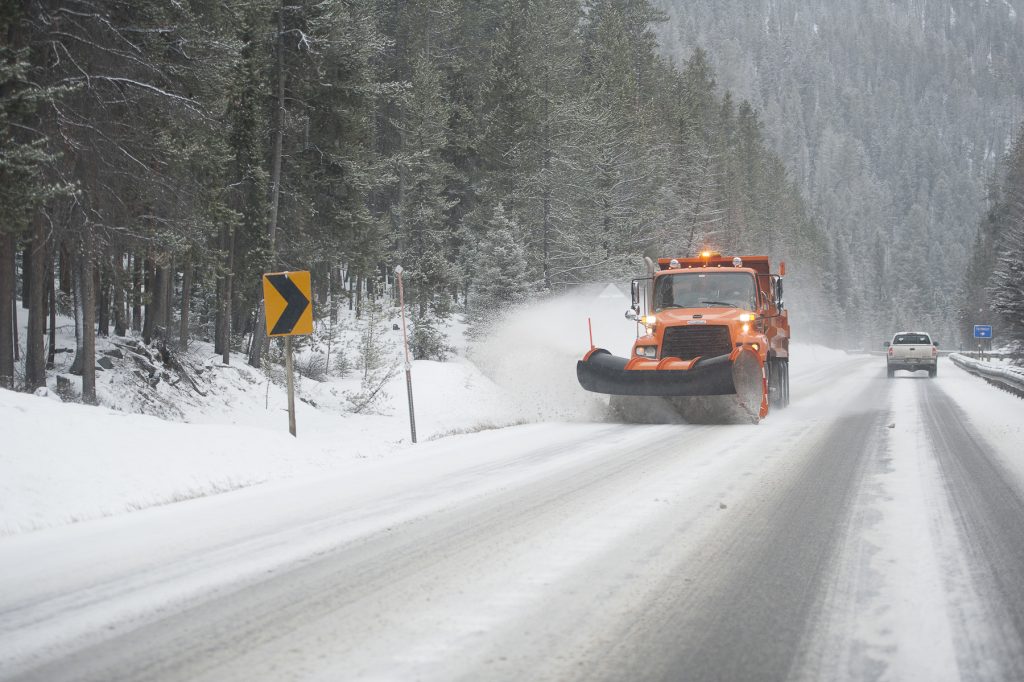
The Clear Roads research program, which sponsors practitioner-focused winter maintenance research, is highlighting a recently completed severity index project on its website. For “Evaluation of SSI and WSI Variables,” the Narwhal Group and WTI collaborated to create a step-by-step guide to support implementing a severity index, paired with a flowchart tool that helps match users […]
NPS Plans Safety Improvements Based on WTI Study
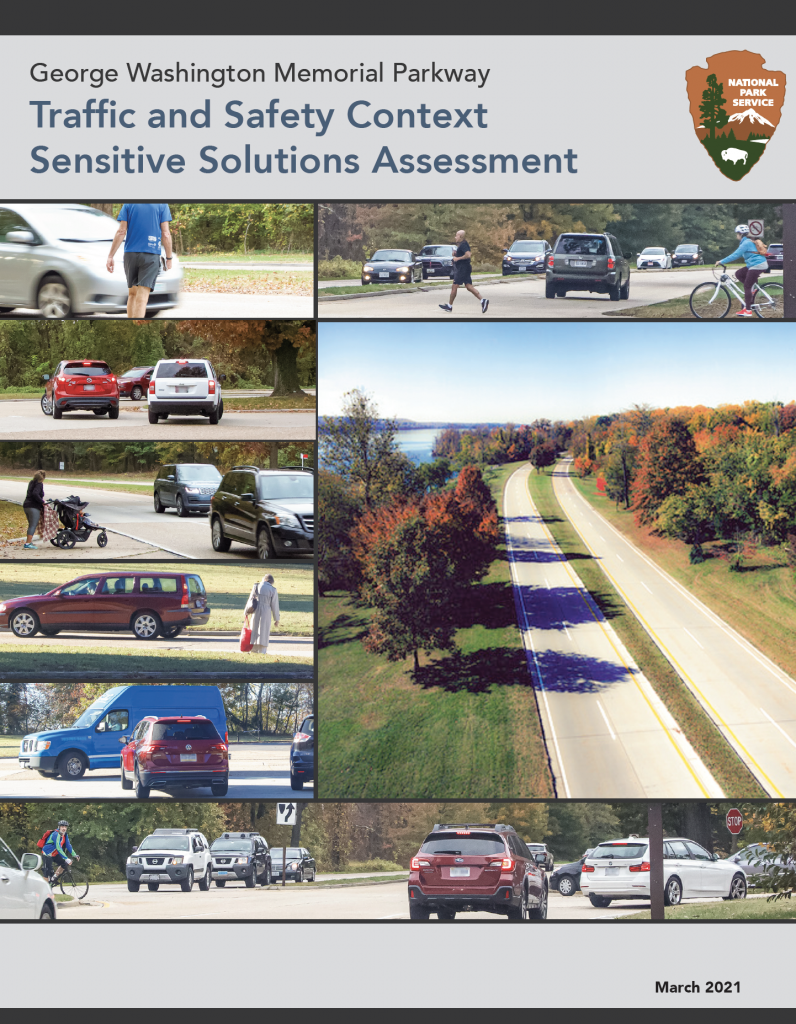
Along a historic parkway in Virginia, the National Park Service (NPS) will soon begin improvements to enhance safety for drivers, pedestrians, and cyclists. In a recent news release, the NPS announced planned safety measures for the George Washington Memorial Parkway, which runs along the Potomac River near George Washington’s Mount Vernon Estate. The Parkway serves […]
NEW REPORT: What is the Impact of a Local Gas Tax in Montana?
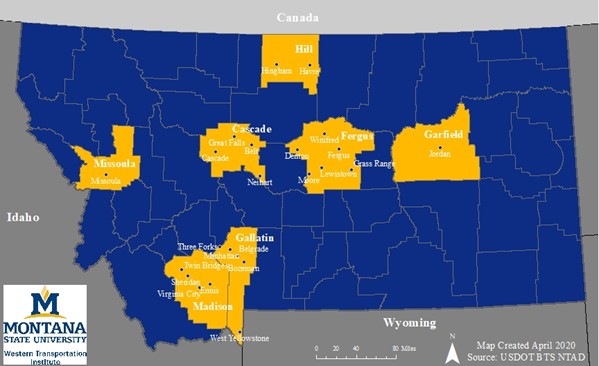
As one source of funding for transportation projects, the federal government and all states place a tax on fuel purchases. However, at the local and regional level, authorization and use of fuel taxes vary widely. In Montana, for example, state law has authorized a local option gas tax since 1979, but it has not been […]
NEW REPORT: Hot Spot Analysis of Large Mammal-Vehicle Collisions in California
The final report is now available for a wildlife vehicle collision study conducted for the California Department of Transportation. Road Ecology Research Ecologist Marcel Huijser and Research Associate James Begley authored the final report for “Large Mammal-Vehicle Collision Hot Spot Analysis,” which provides guidance on the implementation of mitigation measures aimed at reducing collisions with […]
